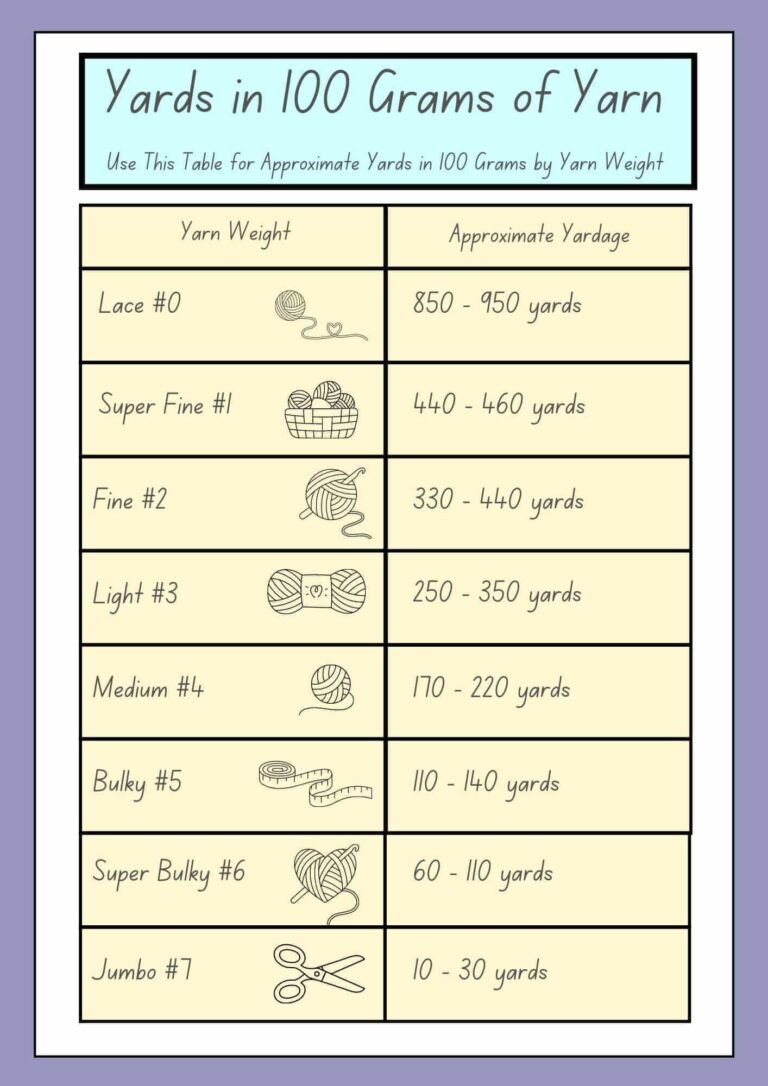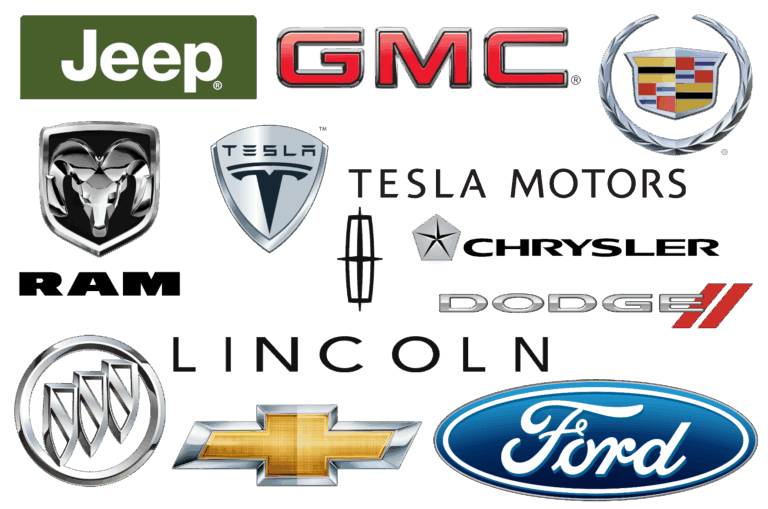U-Haul Rental Trailers: Your Comprehensive Guide to DIY Moving and Hauling
U-Haul Rental Trailers: Your Comprehensive Guide to DIY Moving and Hauling cars.truckstrend.com
Moving, hauling, or transporting large items often presents a significant logistical challenge. While professional movers offer convenience, they can come with a hefty price tag. For those seeking a more budget-friendly and flexible solution, U-Haul rental trailers emerge as an indispensable option. These versatile, readily available units empower individuals to take control of their moving and hauling needs, transforming daunting tasks into manageable DIY projects. From cross-country relocations to local equipment transport or even weekend adventures, U-Haul trailers provide the necessary capacity and convenience, making them a cornerstone of independent logistics. This comprehensive guide will delve into the world of U-Haul rental trailers, exploring their types, benefits, rental process, safety considerations, and practical advice to ensure a smooth and successful experience.
The Unbeatable Appeal of U-Haul Rental Trailers
U-Haul Rental Trailers: Your Comprehensive Guide to DIY Moving and Hauling
The decision to opt for a U-Haul rental trailer often boils down to a compelling combination of affordability, flexibility, and accessibility. Unlike renting a full moving truck, which can be larger, more expensive to rent, and significantly less fuel-efficient, a trailer utilizes your existing tow-capable vehicle. This immediately translates into substantial cost savings on rental fees and fuel.
U-Haul’s extensive nationwide network, with thousands of locations across North America, ensures that finding and returning a trailer is remarkably convenient, whether you’re moving across town or across the country. This unparalleled availability, coupled with a diverse range of trailer sizes and types, allows customers to select the perfect unit tailored to their specific needs, avoiding the expense of oversized equipment. For those who own a vehicle with sufficient towing capacity, a U-Haul trailer represents an intelligent, economical, and empowering choice for managing their own transport challenges.
Navigating the Types of U-Haul Rental Trailers
U-Haul offers a specialized fleet of trailers, each designed for distinct hauling purposes. Understanding these categories is crucial for selecting the right equipment for your specific job.
Cargo Trailers: Secure and Weather-Protected Transport
U-Haul’s cargo trailers are fully enclosed, providing maximum protection from weather elements, road debris, and theft. They are ideal for transporting household goods, furniture, electronics, and any items requiring a secure, dry environment.
- 4×8 Enclosed Cargo Trailer: The smallest option, perfect for studio apartments, dorm rooms, or transporting small appliances and boxes.
- 5×8 Enclosed Cargo Trailer: A popular choice for one-bedroom apartments or small moves, offering more space than the 4×8 while remaining easy to maneuver.
- 5×10 Enclosed Cargo Trailer: Suitable for larger one-bedroom apartments or smaller two-bedroom homes, accommodating more furniture and boxes.
- 6×12 Enclosed Cargo Trailer: The largest enclosed option, often used for two-to-three-bedroom homes, substantial furniture, and larger loads. Many 6×12 models come with a built-in ramp for easier loading.

Utility Trailers: Open Versatility for Varied Loads

Utility trailers are open-top units, making them incredibly versatile for hauling irregularly shaped items, yard waste, construction materials, or vehicles that don’t fit into an enclosed space. They often feature a low deck and, in some cases, a loading ramp.
- 4×7 Utility Trailer: Small and nimble, great for light loads, yard work, or small equipment.
- 5×8 Utility Trailer: A common size for DIY projects, moving small pieces of furniture, or hauling landscaping materials.
- 5×10 Utility Trailer: Offers more length for lumber, longer furniture, or ATVs.
- 6×12 Utility Trailer: The largest utility trailer, ideal for large landscaping projects, ATVs, motorcycles, or even small vehicles if properly secured and within weight limits. Some models include a robust ramp.

Car Trailers: Specialized Vehicle Transport
For moving vehicles, U-Haul provides two primary options, each catering to different needs and vehicle types.
- Auto Transport: These are full trailers designed to carry an entire vehicle with all four wheels off the ground. They are the safest and most secure option for long-distance moves, classic cars, low-clearance vehicles, or cars that cannot be driven. Auto transports feature integrated ramps and tie-down straps.
- Tow Dolly: A more compact and economical option, the tow dolly lifts only the front two wheels of the vehicle off the ground, with the rear wheels remaining on the road. Tow dollies are generally suitable for front-wheel-drive vehicles and shorter distances. They are lighter and easier to maneuver than full auto transports.
Important Consideration: When selecting a car trailer, always verify that your tow vehicle has sufficient towing capacity for the combined weight of the trailer and the vehicle being towed.
The Seamless Process: How to Rent a U-Haul Trailer
Renting a U-Haul trailer is a straightforward process, largely facilitated by their intuitive online platform.
- Online Reservation: The most common method is to visit the U-Haul website or use their mobile app. You’ll enter your desired pick-up and drop-off locations, dates, and the type/size of trailer you need.
- Provide Tow Vehicle Information: Crucially, you’ll need to input details about your tow vehicle, including its make, model, year, and often its VIN. This allows U-Haul’s system to verify its towing capacity and compatibility with the chosen trailer.
- Required Equipment: Before you can hook up a U-Haul trailer, your tow vehicle must be equipped with:
- A Receiver Hitch: A sturdy metal receiver mounted to your vehicle’s frame.
- Hitch Ball: A correctly sized hitch ball (usually 1 7/8" or 2") matching the trailer’s coupler. U-Haul staff can assist with sizing.
- Working Lighting Connection: Either a 4-pin flat connector (standard for most trailers) or a 7-pin round connector (for trailers with electric brakes, like some auto transports). All trailer lights (brake, turn, running) must be fully functional for safety and legal compliance. If your vehicle lacks these, U-Haul locations often offer installation services or wiring kits.
- Pick-Up and Hook-Up:
- At the U-Haul location, staff will verify your reservation and tow vehicle.
- They will assist you in securely hooking up the trailer:
- Positioning: Back your tow vehicle close to the trailer.
- Coupling: Lower the trailer coupler onto the hitch ball and ensure it’s securely latched and locked.
- Safety Chains: Criss-cross the safety chains under the trailer tongue and attach them to your tow vehicle’s hitch receiver.
- Electrical Connection: Plug in the trailer’s wiring harness to your vehicle’s connector.
- Lights Test: Verify all trailer lights (brake lights, turn signals, running lights) are working correctly.
- Tongue Jack & Pin: Raise the tongue jack fully and secure it, then insert the safety pin through the coupler latch.
- Breakaway Cable (for Auto Transports): For auto transports, attach the emergency breakaway cable to your tow vehicle’s frame (not the hitch ball). This activates the trailer’s brakes if it detaches.
- Pre-Trip Inspection: Before departing, perform a visual inspection: check tire pressure, ensure all lights are functional, confirm the hitch connection is secure, and verify that any cargo is properly loaded and secured inside the trailer.
Important Considerations for Safe Towing
Towing a trailer requires a different approach to driving. Safety should always be your paramount concern.
- Tow Vehicle Requirements: Always adhere to your vehicle’s manufacturer-specified towing capacity, which includes the weight of the trailer itself plus its cargo. Overloading is extremely dangerous. Ensure your vehicle’s brakes are in excellent condition.
- Weight Distribution: Proper loading is critical. Approximately 60% of the cargo weight should be loaded in the front half of the trailer (closest to the tow vehicle), resulting in about 10-15% of the total trailer weight resting on the hitch (tongue weight). Too much weight at the rear can cause dangerous swaying (fishtailing), while too much tongue weight can negatively impact steering and braking.
- Driving Tips:
- Slower Speeds: Reduce your speed, especially on highways, in windy conditions, or during adverse weather.
- Wider Turns: Trailers cut corners, so make wider turns to avoid hitting curbs or other obstacles.
- Increased Stopping Distance: Your combined vehicle will be much heavier, requiring significantly more distance to stop. Maintain greater following distances.
- Lane Changes: Be deliberate and use your mirrors frequently.
- Backing Up: This is often the trickiest part. Practice in an empty lot. Remember that the trailer will move in the opposite direction of your steering wheel initially.
- Hills: Downshift on inclines to maintain power and on declines to use engine braking, preventing brake fade.
- Maintenance Checks: During long trips, periodically pull over and check the trailer tires for proper inflation and heat, ensure the hitch connection is still secure, and confirm all lights are still working.
- Insurance: Your personal auto insurance policy may cover liability for a rental trailer, but it’s crucial to confirm with your insurer. U-Haul also offers optional coverage plans like "Safemove" or "Safemove Plus," which can cover damage to the trailer and your cargo. It’s highly recommended to consider these for peace of mind.
Pricing and Rental Logistics
The cost of renting a U-Haul trailer varies based on several factors:
- Trailer Type and Size: Larger and more specialized trailers (like auto transports) are more expensive than smaller utility trailers.
- Rental Duration: Daily rates apply for local (in-town) rentals, while one-way rentals often have a flat fee for a set number of days.
- One-Way vs. In-Town: One-way rentals (picking up in one city and dropping off in another) are typically more expensive than in-town rentals, reflecting the cost of repositioning the trailer.
- Demand and Location: Prices can fluctuate based on local demand, time of year (peak moving season), and specific U-Haul locations.
Table: Estimated U-Haul Rental Trailer Prices (Subject to Change)
| Trailer Type | Size | Estimated In-Town Rate (Daily) | Estimated One-Way Rate (Trip) | Key Use |
|---|---|---|---|---|
| Cargo Trailers | 4×8 | $14 – $19 | $80 – $150 | Small moves, boxes, few items |
| 5×8 | $19 – $24 | $90 – $180 | 1-bedroom apt, small furniture | |
| 5×10 | $24 – $29 | $100 – $200 | Larger 1-bedroom, small 2-bedroom apt | |
| 6×12 | $29 – $34 | $120 – $250 | 2-3 bedroom home, large furniture, ramp | |
| Utility Trailers | 4×7 | $14 – $19 | N/A (mostly in-town) | Light loads, yard waste |
| 5×8 | $19 – $24 | N/A (mostly in-town) | DIY projects, small furniture, ATVs | |
| 5×10 | $24 – $29 | N/A (mostly in-town) | Longer items, materials, small equipment | |
| 6×12 | $29 – $34 | N/A (mostly in-town) | Large landscaping, multiple ATVs, ramp | |
| Car Trailers | Tow Dolly | N/A (mostly one-way) | $45 – $80 | FWD vehicles, short-medium distance |
| Auto Transport | N/A (mostly one-way) | $65 – $120 | All vehicles, long distance, 4 wheels up |
Disclaimer: Prices are estimates and highly variable based on location, availability, demand, and specific rental duration. Always obtain a direct quote from U-Haul for accurate pricing.
Potential Challenges and Solutions
While generally smooth, renting a U-Haul trailer can sometimes present minor hurdles:
- Availability Issues: During peak moving seasons (summer, end-of-month), popular trailer sizes can be scarce.
- Solution: Book well in advance. Be flexible with your pick-up dates or consider alternative U-Haul locations if possible.
- Towing Difficulties: First-time towers might feel apprehensive about maneuvering a trailer.
- Solution: Watch U-Haul’s instructional videos, practice backing up in an empty parking lot, and take it slow on the road. If you’re truly uncomfortable, consider whether a U-Haul moving truck might be a better (though more expensive) option.
- Mechanical Issues: While U-Haul trailers are generally well-maintained, unforeseen issues can occur.
- Solution: U-Haul offers 24/7 roadside assistance. Keep their number handy.
- Overloading: Exceeding the trailer’s weight capacity or your vehicle’s towing limit.
- Solution: Always know the weight of your cargo and the trailer’s Gross Vehicle Weight Rating (GVWR). Distribute the load correctly. When in doubt, make two trips or rent a larger trailer.
Frequently Asked Questions (FAQ)
Q: Do I need a special driver’s license to tow a U-Haul trailer?
A: In most states and provinces, a standard driver’s license is sufficient for towing U-Haul trailers, as their combined weight (trailer + cargo) typically falls below the threshold requiring a commercial or special license. Always check your local Department of Motor Vehicles (DMV) regulations to be sure.
Q: Can I tow a U-Haul trailer with my SUV or Sedan?
A: It depends entirely on your vehicle’s towing capacity, which is specified in your owner’s manual. Many SUVs and even some sedans can tow smaller U-Haul trailers, provided they have a proper hitch and wiring. U-Haul’s online reservation system will help verify your vehicle’s compatibility.
Q: What kind of hitch do I need?
A: You’ll need a receiver hitch mounted to your vehicle’s frame, a hitch ball (usually 1 7/8" or 2" in diameter, which U-Haul can help you size), and appropriate wiring (typically a 4-pin flat connector for most trailers, or a 7-pin round connector for auto transports with electric brakes).
Q: Are U-Haul trailers insured?
A: U-Haul provides basic liability coverage. However, it’s highly recommended to verify coverage with your personal auto insurance provider for damage to the trailer or your cargo. U-Haul also offers optional "Safemove" and "Safemove Plus" protection plans that provide more comprehensive coverage for damage to the trailer and your belongings.
Q: Can I pick up a trailer in one city and drop it off in another?
A: Yes, U-Haul offers one-way rentals for most of their trailers, allowing you to pick up at one location and drop off at a different authorized U-Haul center. These rentals are generally more expensive than in-town rentals.
Q: What if my tow vehicle doesn’t have the proper wiring for trailer lights?
A: U-Haul locations often provide wiring installation services or sell adapter kits. It’s essential that all trailer lights are fully functional before you drive.
Q: How much weight can I put in a U-Haul trailer?
A: Each trailer has a maximum payload capacity (how much cargo it can carry) and a Gross Vehicle Weight Rating (GVWR), which is the maximum total weight of the loaded trailer. These specifications are typically listed on the trailer itself. Never exceed these limits or your tow vehicle’s towing capacity.
Conclusion
U-Haul rental trailers stand as a testament to empowering individuals with flexible, cost-effective solutions for their moving and hauling needs. By understanding the different types of trailers available, familiarizing yourself with the straightforward rental process, and prioritizing safe towing practices, you can confidently tackle anything from a small apartment move to transporting a vehicle across the country. While challenges may arise, U-Haul’s extensive support system and your diligent preparation will ensure a successful journey. Ultimately, U-Haul trailers aren’t just about moving things; they’re about moving forward with confidence, control, and efficiency.






